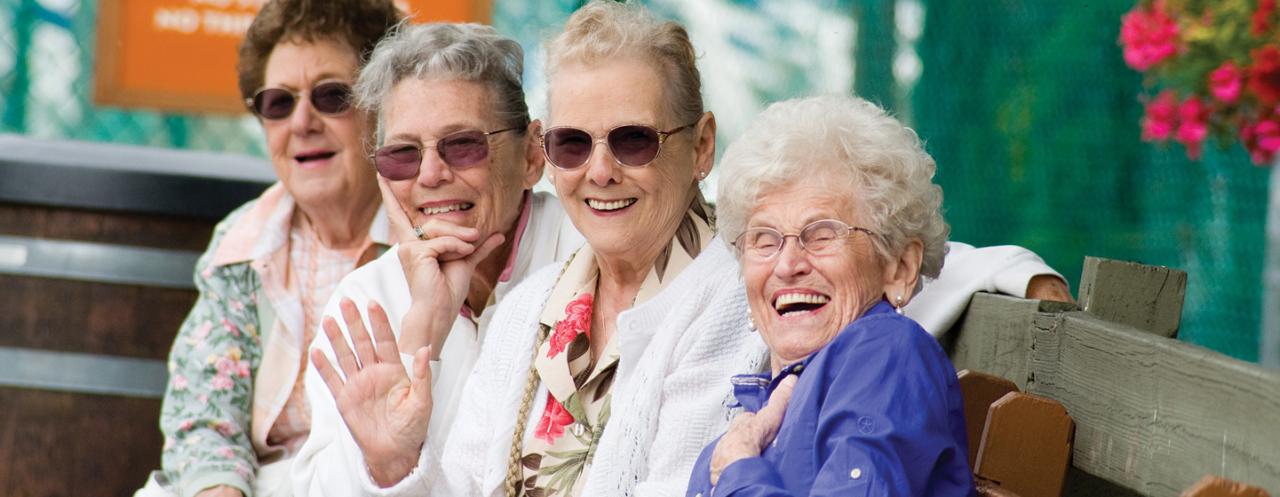Small group tours for seniors with limited mobility offer a unique opportunity to experience travel’s joys without compromising comfort or safety. These specialized tours carefully consider accessibility, ensuring participants can fully engage with destinations and activities. From meticulously planned itineraries that incorporate rest periods to accessible transportation and accommodation, every detail is designed to provide a seamless and enriching travel experience for seniors with diverse mobility needs.
This allows for a more relaxed and enjoyable trip, focusing on exploration and camaraderie rather than logistical challenges.
The key is careful planning. Choosing the right tour operator is paramount; look for companies specializing in senior travel and boasting excellent accessibility reviews. Destinations should prioritize ease of navigation, including wheelchair-friendly transportation and accessible attractions. The itinerary itself should be paced thoughtfully, with ample time for rest and flexibility built in. Pre-trip preparation, including medical information and necessary accommodations, is also crucial for a smooth and worry-free journey.
Planning a fantastic trip for seniors with limited mobility requires careful consideration of several key factors. Let’s break down how to create a truly enjoyable and accessible experience.
1. Choosing the Perfect Destination and Tour Operator
The destination itself plays a crucial role. Prioritize locations with excellent accessibility features. Look for places with wheelchair-friendly transportation options (buses, trains, taxis), readily available ramps and elevators in public spaces and attractions, and numerous accessible restrooms. Consider the climate; extreme heat or cold can be challenging. Ensure the destination is within reasonable proximity to quality medical facilities in case of emergencies.When selecting a tour operator, thoroughly research companies specializing in senior travel and accessibility.
Read reviews and testimonials, paying close attention to comments regarding accessibility features and support provided. Verify that they offer comprehensive insurance and emergency support services tailored to the needs of seniors with mobility limitations.
2. Crafting an Accessible Itinerary

The pace of your itinerary is paramount. Avoid overly ambitious schedules with long travel days or strenuous activities. Incorporate ample rest periods throughout the day and build in flexibility to accommodate unexpected delays or changes in energy levels. Prioritize attractions and activities that are readily accessible, ensuring that everyone can comfortably participate.
3. Pre-Trip Preparations – Essential Steps
Before departure, gather all necessary medical information and prescriptions. Pack comfortably and strategically, bringing any assistive devices and medications in easily accessible locations. Inform your tour operator of any specific needs or concerns well in advance to allow them to make appropriate arrangements.
4. Transportation and Accessibility – Ensuring Smooth Travel
Arrange accessible transportation options in advance. This could involve wheelchair-accessible buses or vans, private car transfers, or utilizing public transportation with accessibility features. Pre-book assistance at airports and train stations to navigate these potentially challenging environments efficiently. Confirm the availability of accessible lodging, entrances to attractions, ramps, elevators, and restrooms at your destination. Develop a plan for emergency medical transportation and familiarize yourself with local emergency services.

5. Activities and Accommodations – Comfort and Convenience
Choose activities suitable for various mobility levels. Offer alternative options for those unable to participate in certain activities to ensure everyone feels included. Book accessible accommodations with features like roll-in showers, grab bars, and wider doorways. Always confirm accessibility features directly with the hotel or lodging provider before booking. Build in sufficient rest periods, allowing for flexibility and personal adjustments to the schedule.
Arrange for assistance with luggage, mobility aids, and personal care if needed.
6. Health and Safety – Prioritizing Well-being
Ensure you have adequate travel insurance coverage that addresses potential medical emergencies. Provide emergency contact information to your tour operator and family members. Pack sufficient medication and necessary medical supplies, keeping in mind customs regulations for medication. Consult your doctor before traveling, taking necessary precautions to avoid illness or injury. Understand local health recommendations and establish a clear communication plan for emergencies.
7. Group Dynamics and Social Interaction – Fostering a Positive Experience
Consider a smaller group size for more personalized attention and easier navigation. Ensure clear communication among group members and tour guides. Provide opportunities for social interaction and support. Create a supportive and understanding environment that accommodates individual needs and preferences. Plan activities that encourage social interaction and build camaraderie among group members.By carefully planning and addressing these aspects, you can create a memorable and enriching travel experience for seniors with limited mobility, ensuring comfort, safety, and enjoyment throughout their journey.
Ultimately, small group tours tailored for seniors with limited mobility provide a pathway to fulfilling travel experiences. By addressing the unique needs and considerations of this demographic, these tours ensure that the joy of exploration remains accessible to all. The emphasis on personalized attention, accessible environments, and a supportive group dynamic creates a truly enriching and memorable journey, allowing seniors to create lasting memories and explore the world with confidence and ease.


